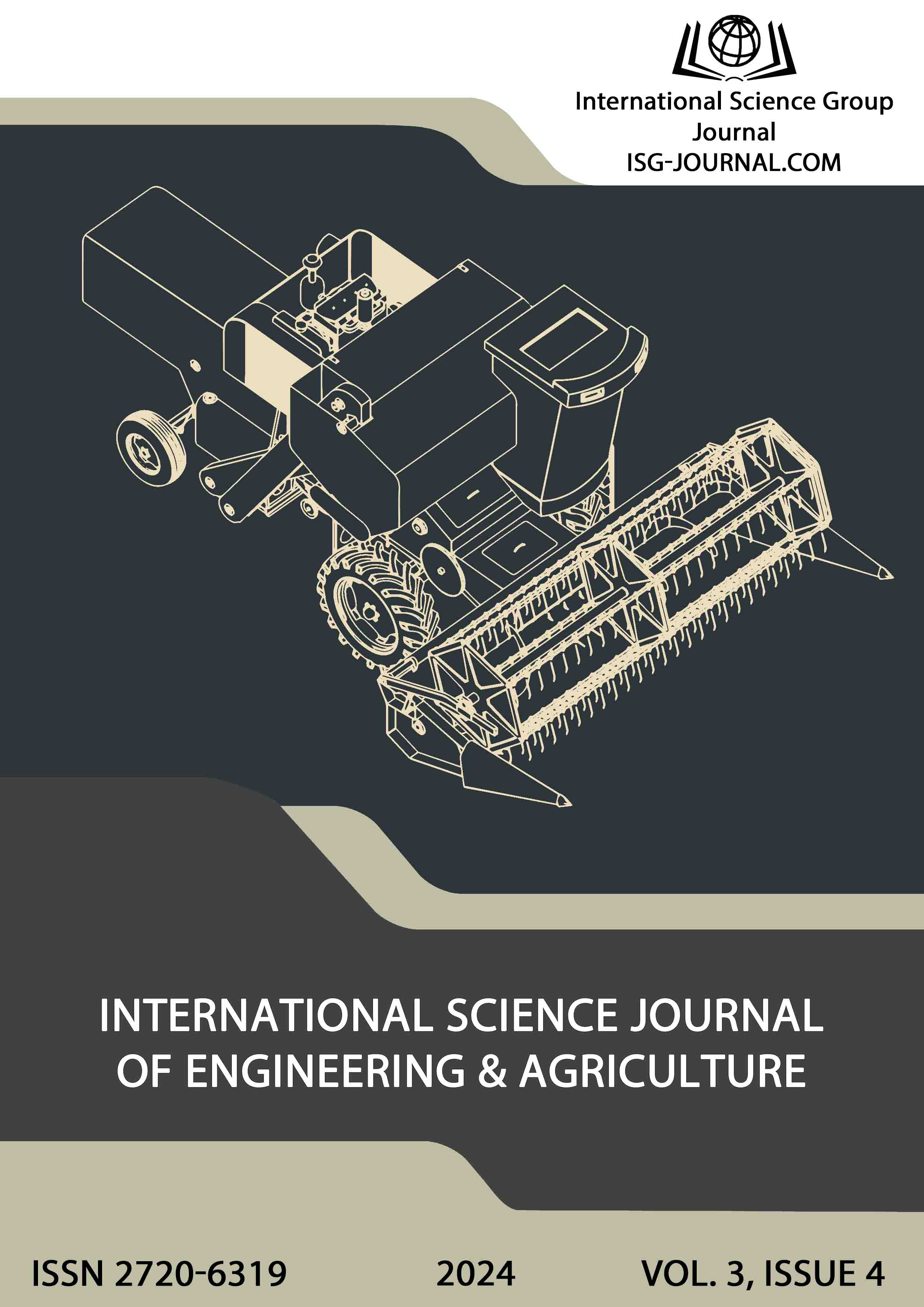Peculiarities of the confrontation between defensive and offensive artificial intelligence in cyberspace
DOI:
https://doi.org/10.46299/j.isjea.20240304.11Keywords:
artificial intelligence, confrontation, cybersecurity, cyberattack, information systemsAbstract
The use of artificial intelligence in cyberspace significantly changes the course of the confrontation between defensive and offensive technologies. Thus, at the current stage of development of information technologies, artificial intelligence systems and/or models are used not only to strengthen cyber defence systems, but also to develop new types (kinds) of information-destructive impacts in the form of adaptive cyber attacks that can potentially avoid detection by existing defence systems. Cyberattacks created with the use of artificial intelligence are characterised by applied novelty, complexity, speed of adaptation and scalability, which makes existing methods of detecting cyberattacks almost ineffective, which in turn poses a serious threat to information systems of both state and commercial purposes. In addition, there has been a significant increase in the number of cases of cyberattacks and malware created using artificial intelligence models recently, as a result of their public availability and the virtual absence of restrictions on their use. The article analyses typical approaches to the training and use of both defensive and offensive artificial intelligence in cyberspace for the purpose of conducting defensive and offensive (counter-offensive) cyber operations. The author identifies their common and distinctive features, as well as interacting factors and interrelationships in the course of confrontation, which makes it possible to form the basis for solving the scientific and applied problem of preventing cyberattacks created using artificial intelligence technologies. Based on the obtained features of the confrontation between defensive and offensive artificial intelligences in cyberspace, the author suggests ways for further scientific research to ensure that the benefits of using artificial intelligence technologies for malicious purposes can be levelled.References
EC-Council CEH Threat Report 2024: AI and Cybersecurity Report: Discover impactful stats, technical insights, and strategies from experienced cybersecurity pros—perfect for your job. Available at: https://www.eccouncil.org/cybersecurity-exchange/whitepaper/eccouncil-ceh-cybersecurity-threat-report-ai-report/.
Фесьоха В. В., Кисиленко Д. Ю., Фесьоха Н. О. (2024). Обґрунтування вибору підходу до визначення інваріантної компоненти у поведінці поліморфного (метаморфного) шкідливого програмного забезпечення на основі зниження розмірності простору ознак. Системи і технології зв’язку, інформатизації та кібербезпеки. Випуск №5. С 181-192. doi: https://doi.org/10.58254/viti.5.2024.16.181/.
AI-Powered Attacks – Future threats in cyber. Available at: https://www.linkedin.com/pulse/ai-powered-attacks-future-threats-cyber-cystel.
Фесьоха В. В., Кисиленко Д. Ю., Нестеров О. М. (2023). Аналіз спроможності існуючих систем антивірусного захисту та покладених у їхню основу методів до виявлення нового шкідливого програмного забезпечення у військових інформаційних системах. Системи і технології зв’язку, інформатизації та кібербезпеки. Випуск №3. С 143-151. doi: https.
Fesokha V.V., Subach I.Y., Kubrak V.O., Mykytiuk A.V., Korotaiev S.O. (2020). Zero-day polymorphic cyberattacks detection using fuzzy inference system. Austrian Journal of Technical and Natural Sciences. № 5-6. P. 8-13.
Гбур З. В. (2022). Використання штучного інтелекту в інформаційній безпеці України. Державне управління: удосконалення та розвиток. № 1. doi: 10.32702/2307-2156-2022.1.2.
Тенденції штучного інтелекту в кібербезпеці, на які варто звернути увагу в 2024 році. Режим доступу: https://www.unite.ai/uk/Тенденції-штучного-інтелекту-в-кібербезпеці%2C-на-які-слід-звернути-увагу-в-2024-році/.
Selma Dilek, Hüseyin Çakır and Mustafa Aydın. (2015). APPLICATIONS OF ARTIFICIAL INTELLIGENCE TECHNIQUES TO COMBATING CYBER CRIMES: A REVIEW. International Journal of Artificial Intelligence & Applications (IJAIA), Vol. 6, No. 1.
Cубач І.Ю., Фесьоха В.В., Фесьоха Н.О. (2017). Аналіз існуючих рішень запобігання вторгненням в інформаційно-телекомунікаційні мережі, відкритих на основі загальнодоступних ліцензій. Information Technology and Security. Том. 5, № 1. С. 29–41.
Chakraborty, A., Biswas, A., Khan, A.K. (2023). Artificial Intelligence for Cybersecurity: Threats, Attacks and Mitigation. In: Biswas, A., Semwal, V.B., Singh, D. (eds) Artificial Intelligence for Societal Issues. Intelligent Systems Reference Library, vol 231. Springer, Cham. https://doi.org/10.1007/978-3-031-12419-8_1.
Truong, Thanh Cong, Quoc Bao Diep, and Ivan Zelinka. (2020). Artificial Intelligence in the Cyber Domain: Offense and Defense. Symmetry 12, no. 3: 410. https://doi.org/10.3390/sym12030410.
Neupane, S., Fernandez, I.A., Mittal, S., & Rahimi, S. (2023). Impacts and Risk of Generative AI Technology on Cyber Defense. ArXiv, abs/2306.13033.
Attacking Artificial Intelligence: AI’s Security Vulnerability and What Policymakers Can Do About It. Available at: https://www.belfercenter.org/publication/AttackingAI.
The impact of artificial intelligence on cyber offence and defence. Available at: https://www.aspistrategist.org.au/the-impact-of-artificial-intelligence-on-cyber-offence-and-defence/.
Alex Mathew. (2021). Artificial Intelligence for Offence and Defense - The Future of Cybersecurity. International Journal of Multidisciplinary and Current Educational Research (IJMCER). Volume 3, Issue 3, Pages 159-163.
Offensive AI Lab. Available at: https://offensive-ai-lab.github.io.
What is Defensive AI and how to use it to increase embedded cybersecurity? Available at: https://www.secure-ic.com/blog/ai/what-is-defensive-ai-and-how-to-use-it-to-increase-embedded-cybersecurity/.
Downloads
Published
How to Cite
Issue
Section
License
Copyright (c) 2024 Vitalii Fesokha

This work is licensed under a Creative Commons Attribution 4.0 International License.






